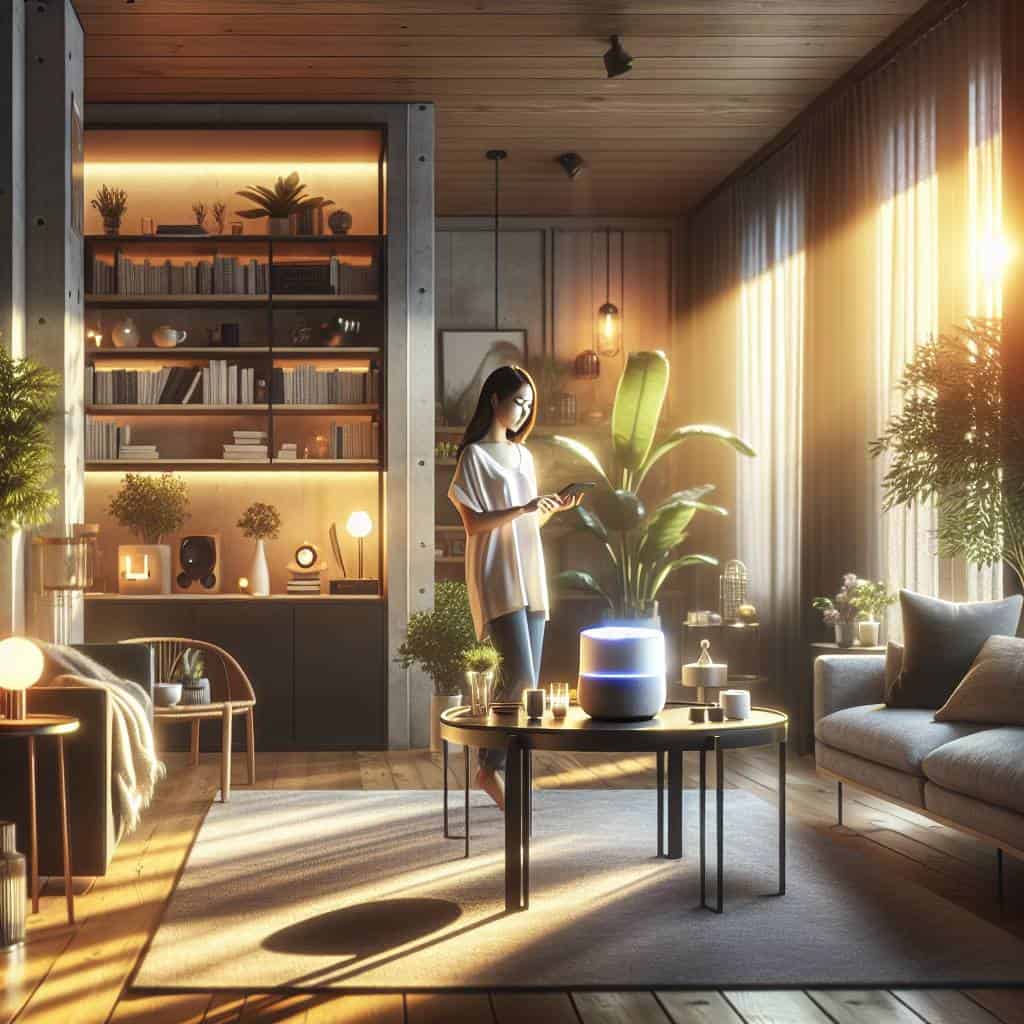Let me tell you, the first time I tried to set up a smart home routine, I felt dumber than a box of rocks. Picture this: I’m standing in my living room, yelling at my Google Home like it’s a stubborn old engine that won’t turn over. All I wanted was to wake up to the soothing sounds of my favorite playlist and maybe a bit of light to gently coax me into the day. But what did I get? A robotic voice telling me, “Sorry, I didn’t catch that.” It was like trying to have a conversation with a brick wall, except the wall had a fancy LED display. Technology is supposed to make life easier, right? But sometimes it feels like we’re the ones doing the heavy lifting, teaching these gadgets the basics like they’re toddlers learning to walk.

So here’s the deal—I’ve plowed through the muck of trial and error, and I’m here to grease the wheels for you. We’ll cut through the jargon and get into the nitty-gritty of setting up those smart home routines that actually work. Whether you’re trying to get Alexa to finally understand your “good morning” scene or hoping Google will dim the lights without a fuss, I’ve got some tricks up my sleeve. We’ll wrench open the guts of this smart home business, so by the end, even your toaster might bow to your commands. Let’s dive right in, shall we?
Table of Contents
My Morning Wake-Up Call: When ‘Good Morning’ Sounds Like a Threat
Picture this: it’s 6 AM, and the first thing you hear is Alexa’s cheerful voice chirping, “Good morning!” Now, I don’t know about you, but for me, that’s no different than a rooster crowing right outside your window—sounds more like a threat than a greeting. This whole smart home routine thing is like taming a wild stallion. You’ve got to wrestle it into submission, or it’s just going to drag you around like a rag doll. You see, the key to making this work is setting up your routines so they cater to your morning mood. Maybe you want the lights to come on gradually like the rising sun or to have the coffee maker kick into gear before you’ve even cracked an eyelid. Now that’s a friendly wake-up call.
And let’s talk about the magic of automation. It’s like having a pit crew ready to get your day rolling without a hitch. But, setting up these routines isn’t as simple as flipping a switch—there’s a bit of finesse involved. You’ve got your Alexa, your Google, and a whole orchestra of gadgets that need conducting. It’s about getting them to hum in harmony, not screech like a loose fan belt. The trick is in those little details—making sure your “good morning” scene doesn’t just serve you a platter of noise but actually eases you into the day. No one wants a digital drill sergeant; you want a digital butler who knows when to nudge you awake and when to let you snooze a bit longer. So, next time you hear that “Good morning,” it should feel like a warm cup of coffee, not a cold shower.
When Machines Wake Up Before You Do
In the world of smart home routines, it’s not about letting gadgets run your life, but teaching them to play backup guitar in your morning symphony.
When the Machines Finally Get It Right
So here we are, at the end of the road—or maybe just another pit stop in this grand venture of turning our homes into something out of a sci-fi dream. I’ll be honest, I was skeptical at first. The idea of telling a little gadget to flick on the lights or start the coffee seemed more like a gimmick than a game-changer. But slowly, as I tinkered and toiled, I realized that these routines weren’t just about convenience. They were about crafting moments where life felt just a tad easier, like having an extra set of hands when you’re elbow-deep in engine grease.
Now, I’m not saying Alexa and Google are the saviors of our domestic chaos. No, they’re more like apprentices—sometimes they get it right, and sometimes they need a bit of guidance. But the joy of finally waking up to a home that greets me with the right lighting and a fresh pot of joe, well, that’s a tiny victory in a world that often feels too fast and too complex. These routines remind me that, while the future might be wrapped in wires and algorithms, it’s still us—the humans—who hold the wrench, deciding how it all comes together. And that, my friend, is a comforting thought.